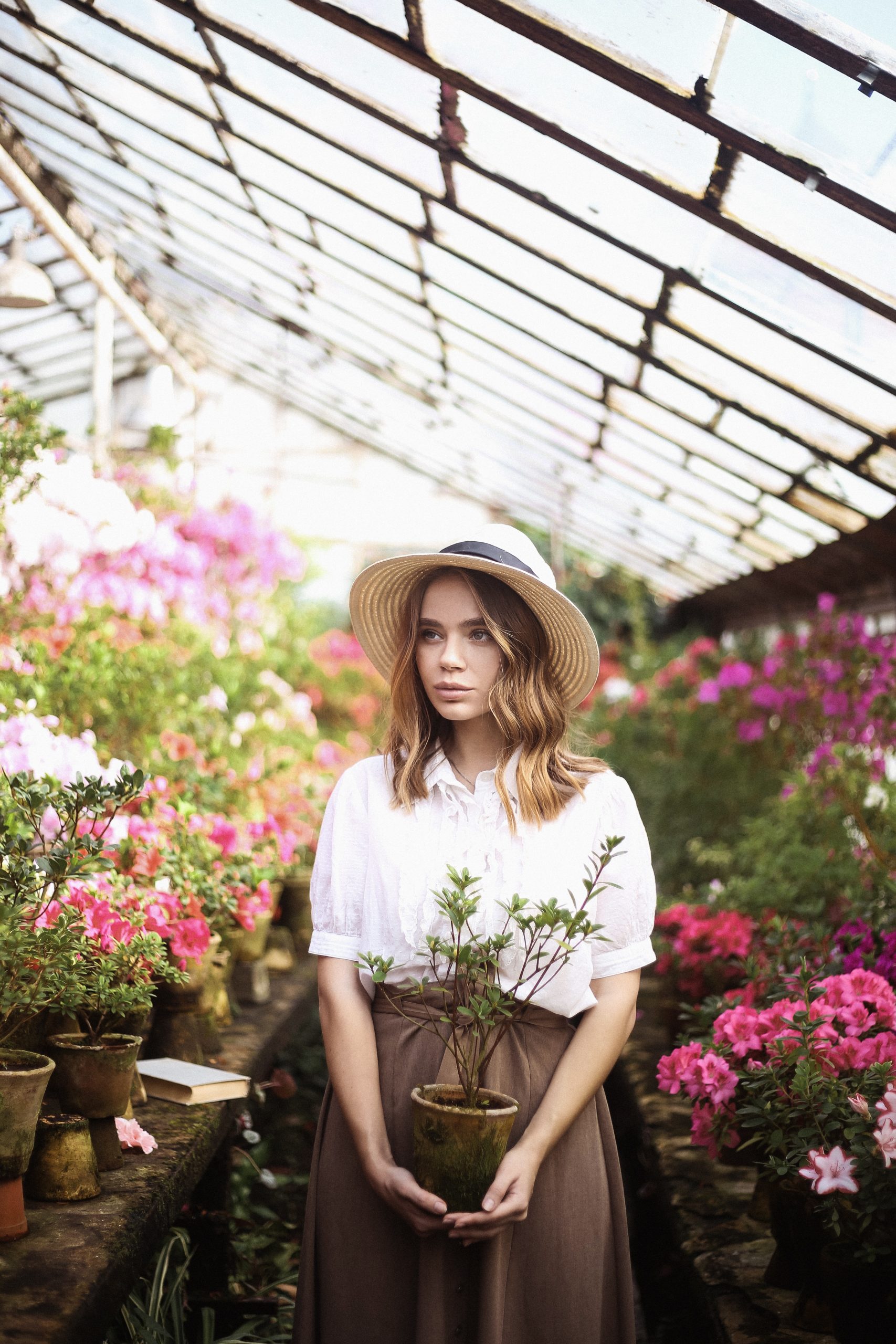Gardening is a popular hobby that has been enjoyed by people for centuries. It is a great way to connect with nature and create a beautiful outdoor space. However, gardening can also have a significant impact on the environment, particularly when it comes to preserving native flora and fauna.
In this article, we will explore the importance of preserving native flora and fauna through gardening. We will discuss the benefits of gardening with native plants, the impact of non-native species on the environment, and how to create a garden that supports local wildlife.
Benefits of Gardening with Native Plants
Native plants are those that have evolved in a particular region over thousands of years. They are adapted to the local climate, soil, and wildlife, making them an essential part of the ecosystem. When we plant native species in our gardens, we are helping to preserve the natural balance of the environment.
One of the main benefits of gardening with native plants is that they require less maintenance than non-native species. They are already adapted to the local conditions, so they are more resistant to pests and diseases. This means that we can reduce our use of pesticides and herbicides, which can be harmful to the environment.
Native plants also provide food and shelter for local wildlife. Birds, butterflies, and other pollinators rely on native plants for their survival. By planting a variety of native species in our gardens, we can create a habitat that supports a diverse range of wildlife.
Impact of Non-Native Species on the Environment
Non-native species, also known as invasive species, are plants and animals that have been introduced to an area where they do not naturally occur. They can have a significant impact on the environment, often outcompeting native species for resources.
Invasive plants can quickly take over an area, crowding out native species and reducing biodiversity. They can also alter the soil chemistry, making it difficult for other plants to grow. Invasive animals can prey on native species, disrupt food chains, and spread diseases.
Creating a Garden that Supports Local Wildlife
To create a garden that supports local wildlife, it is essential to choose native plants that are adapted to the local climate and soil conditions. This will ensure that they thrive and provide food and shelter for local wildlife.
It is also important to provide a variety of habitats in the garden. This can include areas of long grass, shrubs, and trees, as well as water features such as ponds or bird baths. These habitats will attract a diverse range of wildlife, from birds and butterflies to frogs and insects.
Finally, it is important to avoid the use of pesticides and herbicides in the garden. These chemicals can be harmful to wildlife, particularly pollinators such as bees and butterflies. Instead, use natural methods such as companion planting and crop rotation to control pests and diseases.
Conclusion
In conclusion, gardening can be a powerful tool for preserving native flora and fauna. By planting native species in our gardens, we can create a habitat that supports local wildlife and helps to preserve the natural balance of the environment. By avoiding invasive species and using natural methods to control pests and diseases, we can create a garden that is both beautiful and sustainable. So, the next time you are planning your garden, consider the impact that your choices can have on the environment, and choose native species that will help to preserve the natural beauty of your local area.




